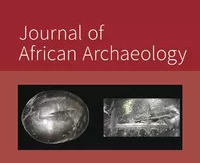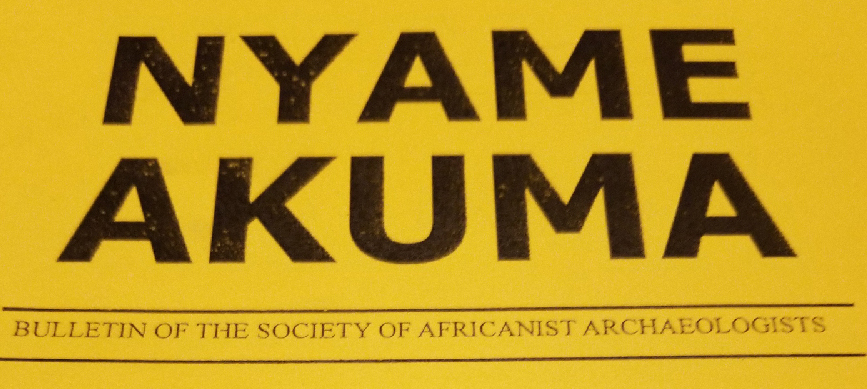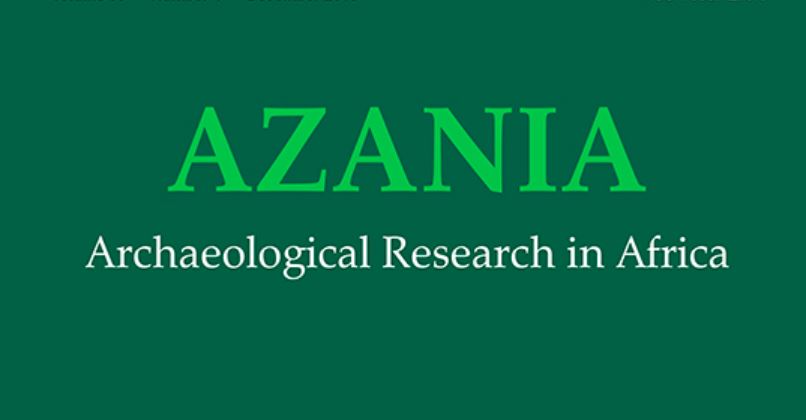Publikation: New Luminescence and Radiocarbon Dates for Kanem-Borno Fired-Brick Elite Sites in Kanem, Chad: Bayesian Chronological Modelling of Settlement Construction
Artikel zu Ergebnissen bezüglich naturwissenschaftlicher Untersuchungen von gebrannten Ziegeln aus dem Kanem-Bornu Reich, Tschad










